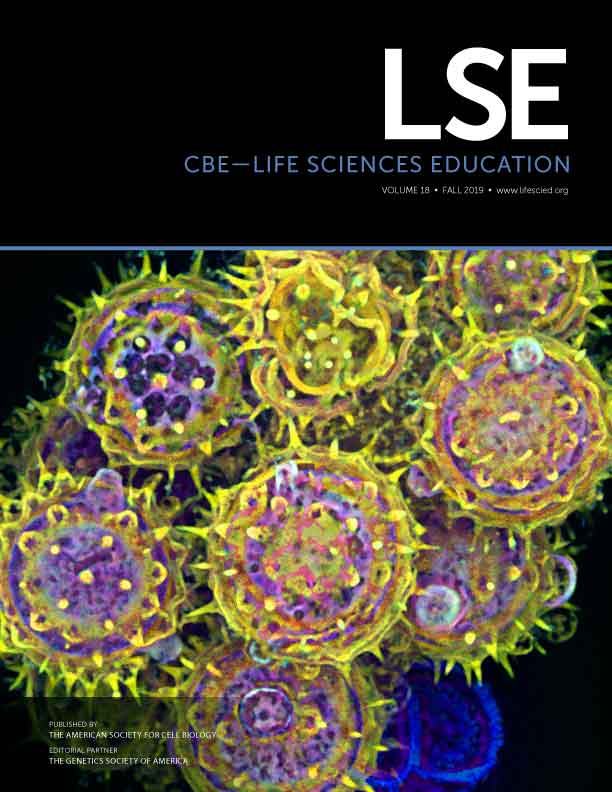“Seeing” Data Like an Expert: An Eye-Tracking Study Using Graphical Data Representations
Abstract
Given the centrality of data visualizations in communicating scientific information, increased emphasis has been placed on the development of students’ graph literacy—the ability to generate and interpret data representations—to foster understanding of domain-specific knowledge and the successful navigation of everyday life. Despite prior literature that identifies student difficulties and methods to improve graphing competencies, there is little understanding as to how learners develop these skills. To gain a better resolution of the cognitive basis by which individuals “see” graphs, this study uses eye tracking (ET) to compare the strategies of non–science undergraduates (n = 9), early (n = 7) and advanced (n = 8) biology undergraduates, graduate students (n = 6), and science faculty (n = 6) in making sense of data displays. Results highlight variation in how individuals direct their attention (i.e., fixations and visual search patterns) when completing graph-based tasks as a function of science expertise. As research on the transition from novice to expert is crucially important in understanding how we might design curricula that help novices move toward more expert-like performance, this study has implications for the advancement of new strategies to aid the teaching and learning of data analysis skills.



